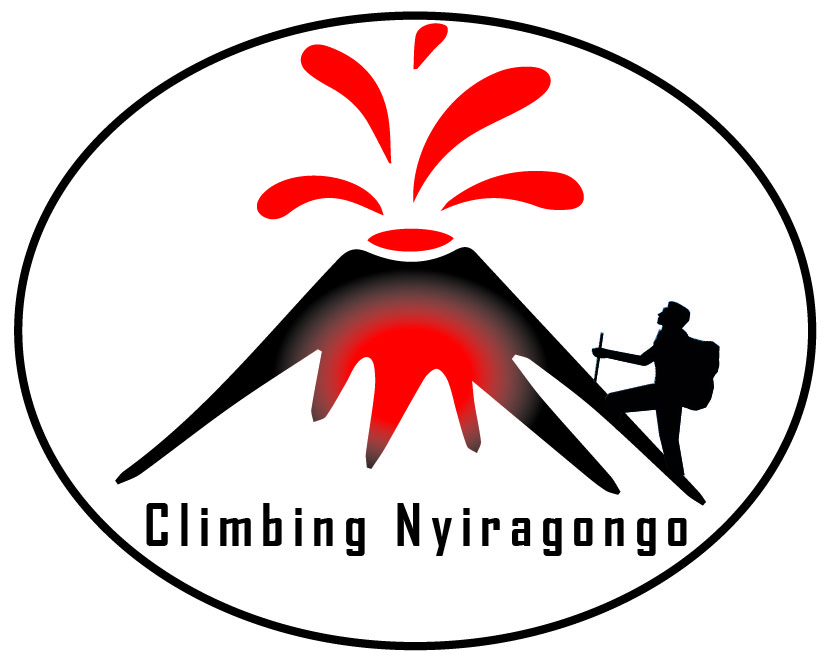Dian fossey
Dian fossey
Born in 1932, Dian Fossey was an American primatologist and conservationist who spent most of her life extensively studying mountain gorillas in their natural habitat at her Karisoke Research Camp located between Mount Bisoke and Karisimbi in Rwanda. She is one of the greatest and most prominent primatologist of the 20th century and was considered an authority in all issues related to the endangered mountain gorillas from 1967 till her death in 1985.
Fossey studied mountain gorillas daily in the mountain forests of Rwanda, initially encouraged to work there by paleo-anthropologist Louis Leakey. She was a leading primatologist, and a member of the “Trimates”, a group of female scientists recruited by Leakey to study great apes in their natural environments, along with Jane Goodall who studies chimpanzees, and Biruté Galdikas, who studies orangutans.
On September 24, 1967, Fossey founded the Karisoke Research Center, at 3,000 meters up Mount Bisoke, with the defined study area covering 25 square kilometers in a remote rainforest camp nestled in Ruhengeri province in the saddle of two volcanoes. Fossey used “Kari” for the first four letters of Mount Karisimbi that overlooked her camp from the south, and “soke” for the last four letters of Mount Bisoke, the slopes of which rose to the north, directly behind camp
.She became known by locals as Nyirmachabelli, or Nyiramacibiri, roughly translated as “The woman who lives alone on the mountain.”
the Karisoke area gorillas had never been partially habituated by Schaller’s study and they knew humans only as poachers, and it took longer for Fossey to be able to study the Karisoke gorillas at a close distance. She attempted to habituate the gorillas by copying their actions like feeding, munching on celery stalks or scratching herself and over time the gorillas became accustomed to her.
Fossey also helped in the arrest of several poachers, some of whom served prison sentences. During her 20 years in Rwanda, she supported conservation efforts, strongly opposed poaching and tourism in wildlife habitats, and made more people acknowledge the sapience of gorillas. Sometime during the day on New Year’s Eve 1977, Fossey’s favorite gorilla, Digit, was killed by poachers. It is said that digit defended the group against six poachers and their dogs, who ran across the gorilla study group while checking antelope trap lines. He took five spear wounds in self-defense and managed to kill one of the poachers’ dogs, allowing the other 13 members of his group to escape. The 12 year old Digit was decapitated, and his hands cut off for ashtrays. After his mutilated body was discovered by research assistant Ian Redmond, Fossey’s group captured one of the killers who revealed the names of his five accomplices, three of whom were later imprisoned. Fossey described Digit’s killing as the saddest event in all my years of sharing the daily lives of mountain gorilla
She is also reported to have captured and held Rwandans she suspected of poaching. It is alleged that she beat a poacher’s testicles with stinging nettles, stripped him and spread eagled him and lashed the holy blue sweat out of him with nettle stalks and leaves. She even reportedly kidnapped and held for ransom the child of a suspected poacher.
In the early morning of December 27, 1985, Fossey was discovered murdered in the bedroom of her cabin located at the far edge of the camp in the Virunga Mountains, Rwanda. Her body was found face-up near the two beds where she slept, roughly 2 m away from a hole that her assailant(s) had apparently cut in the wall of the cabin.
Wayne Richard McGuire, Fossey’s last research assistant at Karisoke, when he reached down to check her vital signs, he saw her face had been split, diagonally, with one machete blow and her cabin was littered with broken glass and overturned furniture, with a 9 mm handgun and ammunition beside her on the floor.
The hike
Hiking to grave of Dian Fossey isn’t very difficult but the mud and incline at the start that may pose a challenge for the inexperienced hiker.
Visitors report to the Kinigi park office in the morning for briefing by one of the rangers. After the briefing, visitors are taken for a 30 minute drive to the foot of the Mount Bisoke (the starting point). While at the starting point, you will meet armed rangers who protect you from wild animals and poachers while porters help carry extra luggage and when navigating difficult terrain at ten USD only
After moving for a short while, you will reach the park demarcation and stone walls that keep of buffaloes and elephants from crossing to human gardens.
You will follow the same trail used by visitors hiking mount Bisoke and If you are lucky, this trail offers you an opportunity to meet one of the gorilla families and if you meet one any, a very short time to see them from far away will be given and no photos will be allowed.
There will be frequent stops to marvel at the beautiful scenes and take photos of important markings.
After about 2900 meters of using the Bisoke trail, you will leave for the trail to the Dian Fossey grave. The area around the graveyard and former Karisoke research site offers stunning views of the Virunga ranges and the DR Congo. the tomb of Dian Fossey Dian Fossey’s tomb is next to that of her favorite gorilla Digit the silverback and over 19 others and you can also visit the remnants of the house where Dian Fossey was murdered
Lunch is prepared near the site as you rest and prepare to descend back to the starting point. Descending back to the head trail takes between 1 to 2 hours.
Your driver or company guide will be waiting for you at the starting point to drive you back to your hotel.
